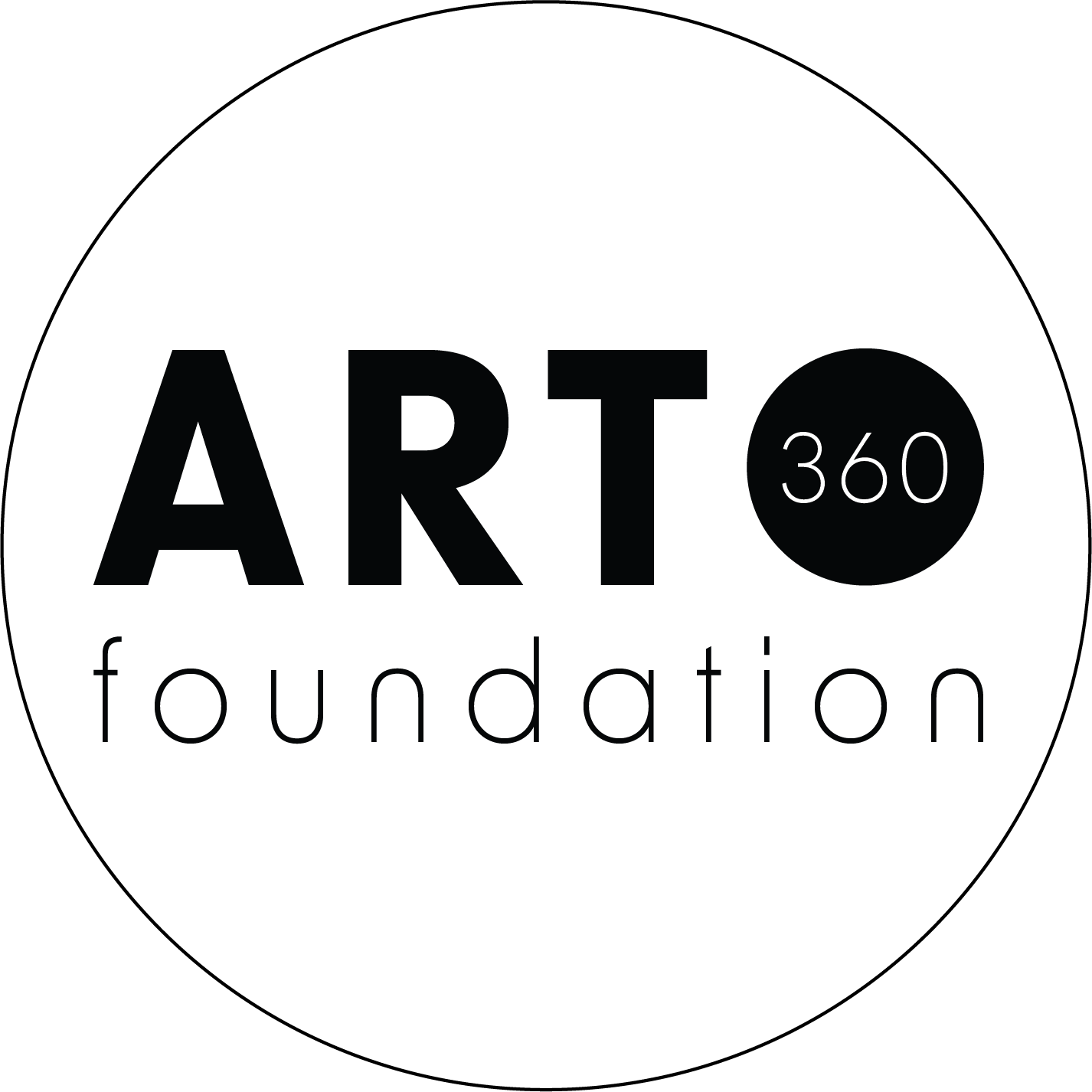Peter de Francia
Peter de Francia Estate by David Bickerstaff: atomictv.com
Born in 1921 in France, Peter de Francia studied at the Brussels Academy and the Slade, and for a brief but formative period lived in post-war Italy.
Deeply influenced by the neo-realist political climate there – he shared a studio with Renato Guttuso – much of his work of the 1950s, based on close observation of daily life, is imbued with this spirit. But as so often, de Francia developed more than one genre at the same time. As well as the observational drawings, he made major political paintings, such as The Execution of Beloyannis (1953) and The Bombing of Sakiet (1959); just as in his later work, often in the form of charcoal on paper, he moved away from direct portrayal of contemporary events to develop a range of satire, comedy and parody that drew on Daumier and Grosz, while also making tender drawings and paintings of migrants and rural life. From the 1970s, he used allegory and myth to produce his own Comedie Humaine.
Painter, teacher (he was an influential Professor of Painting at the Royal College of Art) and writer (his publications include an important study of Fernand Leger) de Francia had a distinctly personal vision, as relevant today as it was half a century ago.
De Francia exhibited his work internationally, from India to Italy, from the Czech Republic to Britain and the US. His work can be found in major public collections, from Tate and the British Museum to New York’s MOMA.

